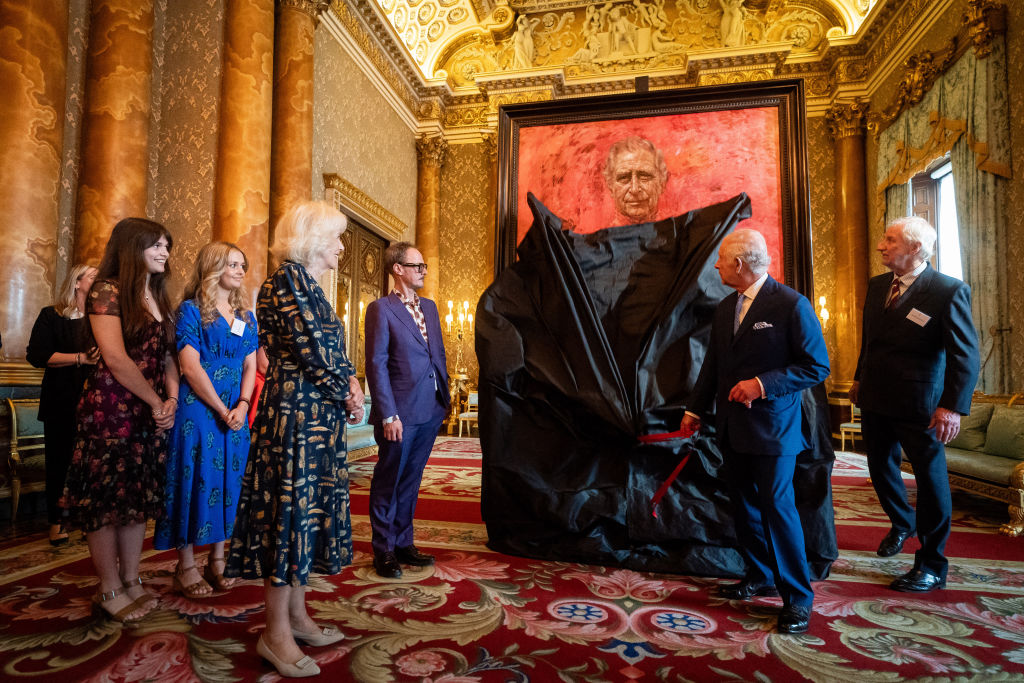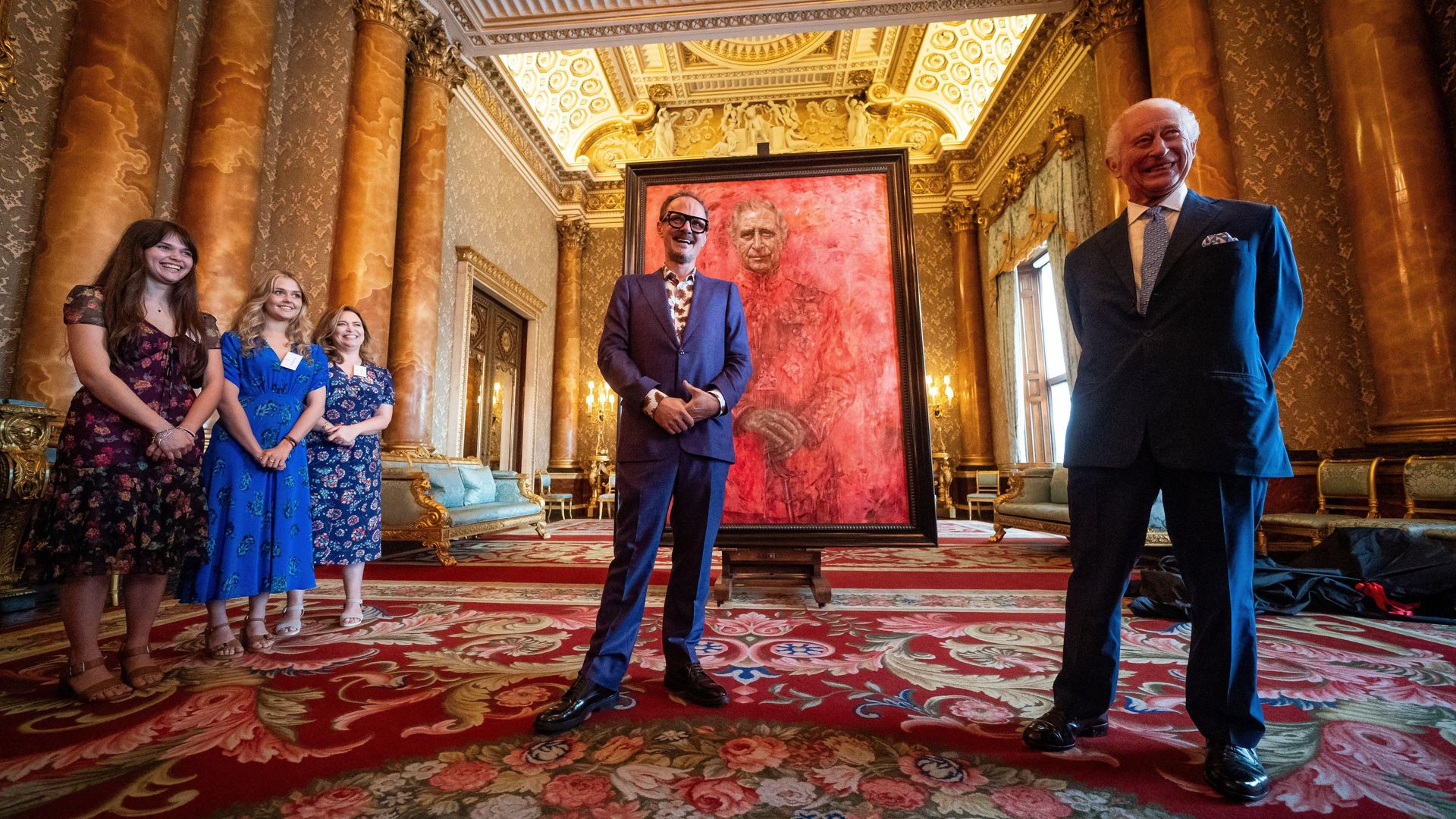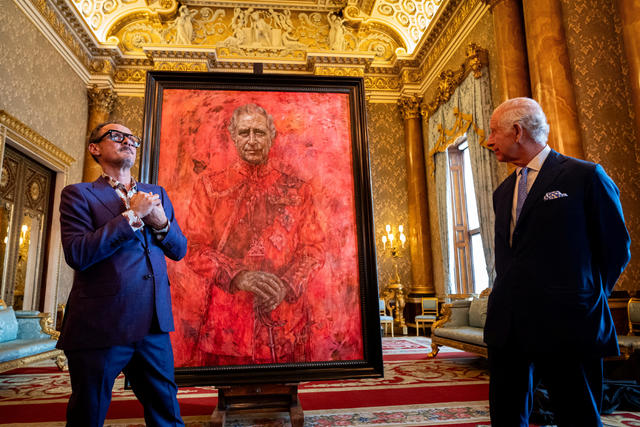Britain’s King Charles III has revealed his first official portrait since his coronation, sparking a flurry of mixed reviews. Created by British artist Jonathan Yeo, the painting depicts the king emerging against a fiery red backdrop, with a butterfly poised to alight on his shoulder. Yeo, renowned for his portraits of high-profile figures like former Prime Minister Tony Blair, was commissioned for this royal work in 2020 to commemorate King Charles’ 50 years as a member of the Drapers’ Company. The portrait, designed with Drapers’ Hall’s architectural elements in mind, will adorn the great hall of the historic livery company in London, tracing its roots back to the 14th century.

The Symbolism and Execution
In the portrait, King Charles is depicted donning the uniform of the Welsh Guards, a nod to his role as the Regimental Colonel. Yeo explained his approach, likening the evolution of the portrait to the transformative journey of its subject. He aimed to infuse the painting with references to both traditional royal portraiture and the contemporary monarchy while capturing King Charles’ profound humanity. Yeo expressed gratitude for the opportunity to immortalize such an extraordinary individual, particularly during the historic moment of his ascension to the throne.
Reactions from the Royal Family and Public
King Charles had the chance to observe the painting in its intermediate stage and reportedly displayed mild surprise at the vibrant color palette, though ultimately expressed approval. Queen Camilla’s positive acknowledgment and even the late Queen Elizabeth II’s endorsement during her son’s final sitting for the portrait reinforced its perceived fidelity to the king’s likeness.
Mixed Reviews and Social Media Commentary
However, outside the royal circle, public opinion has been diverse, especially on social media platforms. While some lauded the portrait’s symbolism, others struggled to reconcile its bold red hues. One admirer likened the painting to King Charles’ ability to rise above adversities with clarity and grace, while dissenting voices criticized the intense red background. Some remarked that the color gave the impression of bathing in blood, leading to comparisons with previous royal portraits. A contrasting opinion suggested that a different color scheme might have better complemented the softness of King Charles’ expression, despite acknowledging the accuracy of his likeness.

Reflections on Artistic Choices
The polarized reactions to the portrait underscore the subjective nature of art appreciation. While some viewers find resonance in the symbolism and execution, others question the aesthetic compatibility of certain artistic elements. Nonetheless, the portrait stands as a testament to the complexity of royal representation and the intersection of tradition with contemporary sensibilities. As discussions surrounding the portrait continue, it serves as a reminder of the enduring dialogue between art and public perception within the monarchy’s visual culture.
